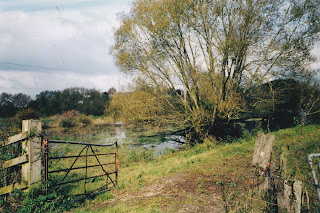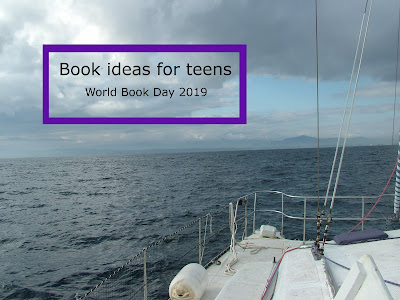Astronomical highs
I’m sure that you will have noticed the high tides caused by
the Spring Equinox over the last few days. They have been quite impressive in
some places, particularly in my home waters of the Bristol
Channel which has a tidal range of 14 metres (46 foot) on spring
tides.
We have come across big ranges in many places around the Breton
coast, noticeably in St Quay-Portrieux (close to Mont St-Michel) and Trebeurden.
Then there was Barneville-Carteret where the river bed almost completely dried at
low tide leaving a tiny trickle meandering down the middle.
 |
Steep incline at St Quay-Portrieux with
the tide out - too steep for an elderly dog
|
The effect of the tides on boats depends on if you are
moving or moored. We once reached a speed of about 17 knots (about 20 miles an
hour) on a tidal current around Cap de la Hague. For us, with a normal
pottering speed nearer 4 knots, that was quite exhilarating.
At the moment we are moored to floating pontoons which means
that they go up and down with the tide. Our ropes do not have to be fiddled
with as the height changes and we can get on and off the boat just as easily no
matter what the tide is doing. Some of you may remember us being on quay sides
where we had to climb ladders up the wall at low tide and worry about being
washed over the top at high tide. Then there was the time that we could have been left marooned on the
beach at L'Aber W'rach.
The two pictures above are of the same bit of beach at high and low tides.
The coast line here in Devon is very rocky. We enjoyed walking out
over some rocks which are normally under water the other day, discovering many
pools and blow holes. We were walking along bits of beach which at high tide
would be 6 metres (20 foot) under the waves – a feeling just as eerie as the
partial eclipse we watched from the deck on Friday morning.






Comments
Post a Comment